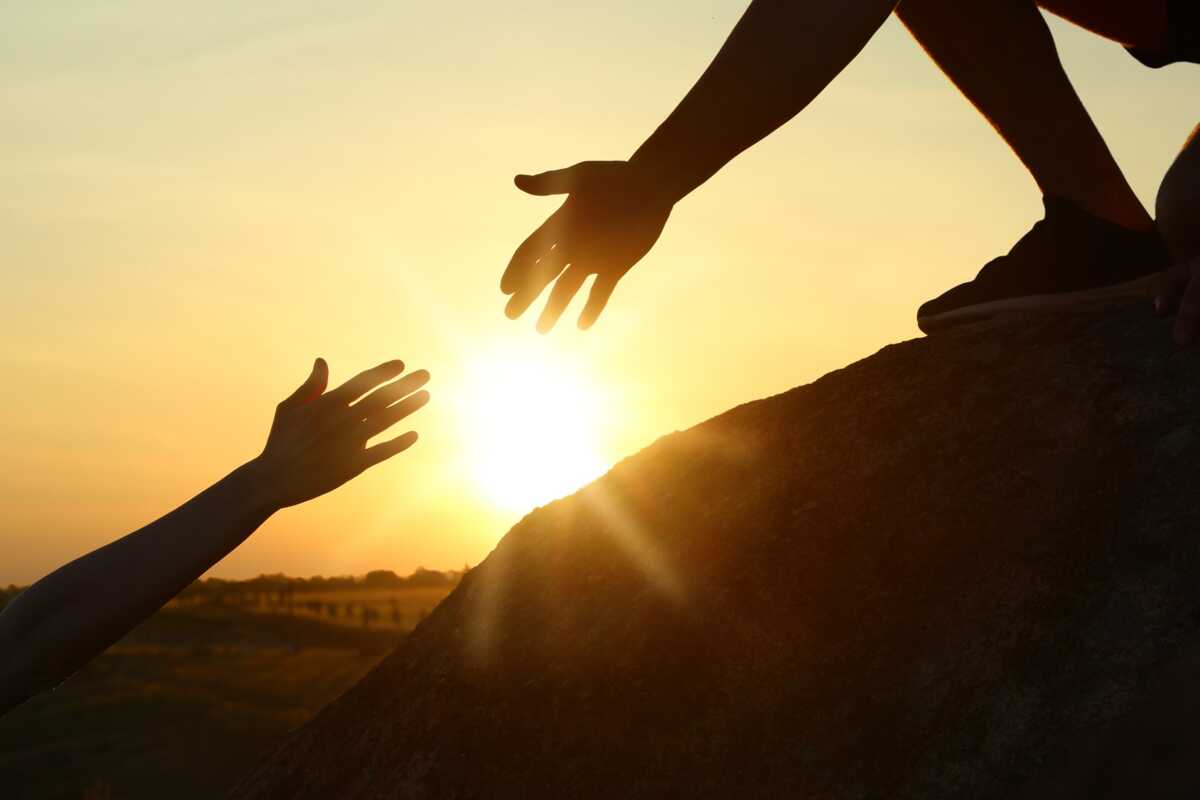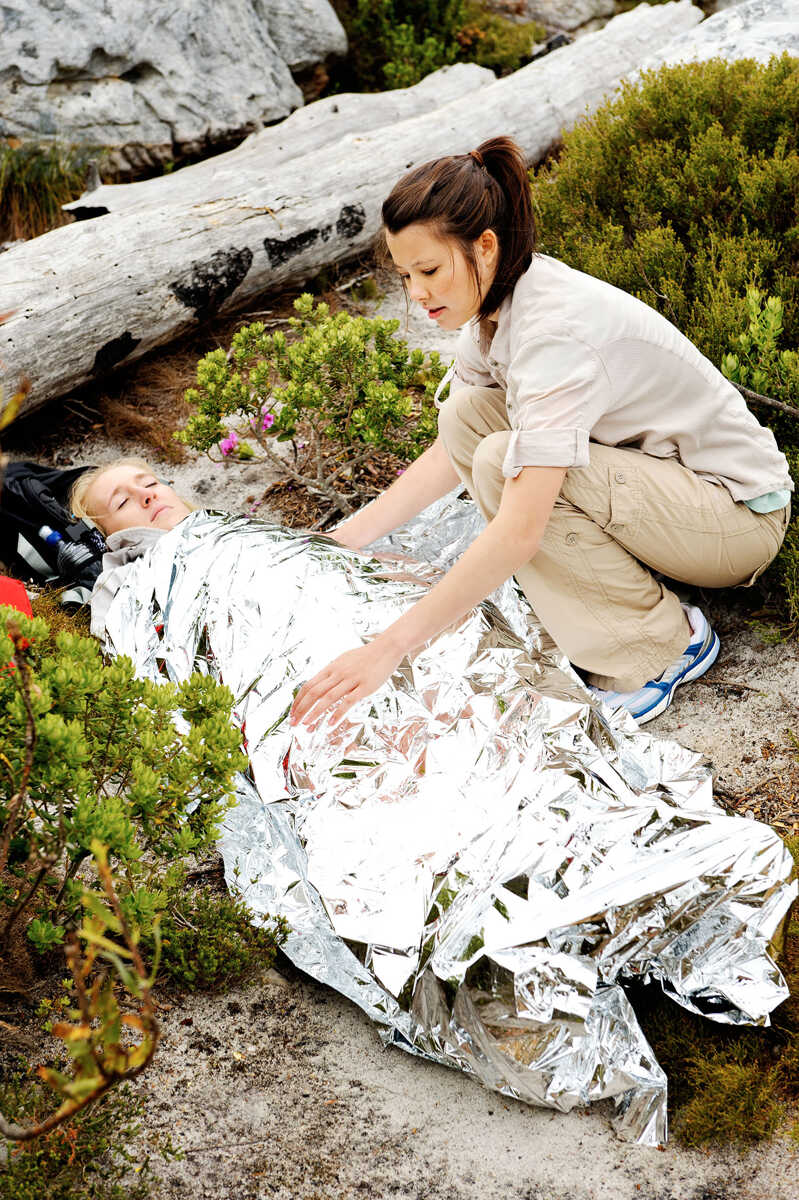Stay calm, do not rush.
Check for danger to you and other people.
If safe to do so, remove the danger or guide people away from the danger.
Mobile Phone
In an emergancy dial 000 on any phone.
Ask for Police, Ambulance or Fire brigade.
Let them know you are in a remote area.
Use the latitude and longitude below to give them your location.
No service? Still try dialing 000. (Your mobile phone can use any available network, even if yours is out of range).
Still no service? Consider sending somepeople with a written message to call from a higher point.
Personal Locator Beacon
If there is no reliable form of two-way communication and you have grave concerns for someone then activate your Personal Locator Beacon (PLB).
Take time to carefully read the instructions on the PLB.
Ensure the PLB is outside, standing up and has the clearest view of the sky as possible.
Do not switch the PLB off untill you have been instructed by emergency personal.

Help may be many hours away.
* Set up shelter, stay warm and dry.
* Monitor the welfare of people in your group as well as any injured/ill people.
* Make your location clearly visible to the rescue crew.
When you hear the rescue crew approaching
* Prepare a few members of your group to meet the rescue team and guide them to your exact location.
* Prepare potential helicopter landing (or winch) areas by clearing them of any loose gear such as ground sheets or clothing. Be prepared for very high winds (downwash) from a potential helicopter. Look around for potential branches or other material that may become dangerous with the downwash.
* Be on the lookout for hand gesture instructions from the chopper crew.
* Stay upwind from a potential helicopter landing area.
* Never approach a helicopter. If the pilot wants you to approach they will make it very clear to you, maintain eye contact with the pilot.
If conditions are suitable, sort out the equipment for the person being evacuated to ensure that people remaining have all the equipment required. In particular think through shared group gear such as food, cooking equipment, shelter, first aid kit & communications equipment. If there is capacity the rescue team is likely to take the injured person's equipment, but have it ready to assist in a timely evacuation.
